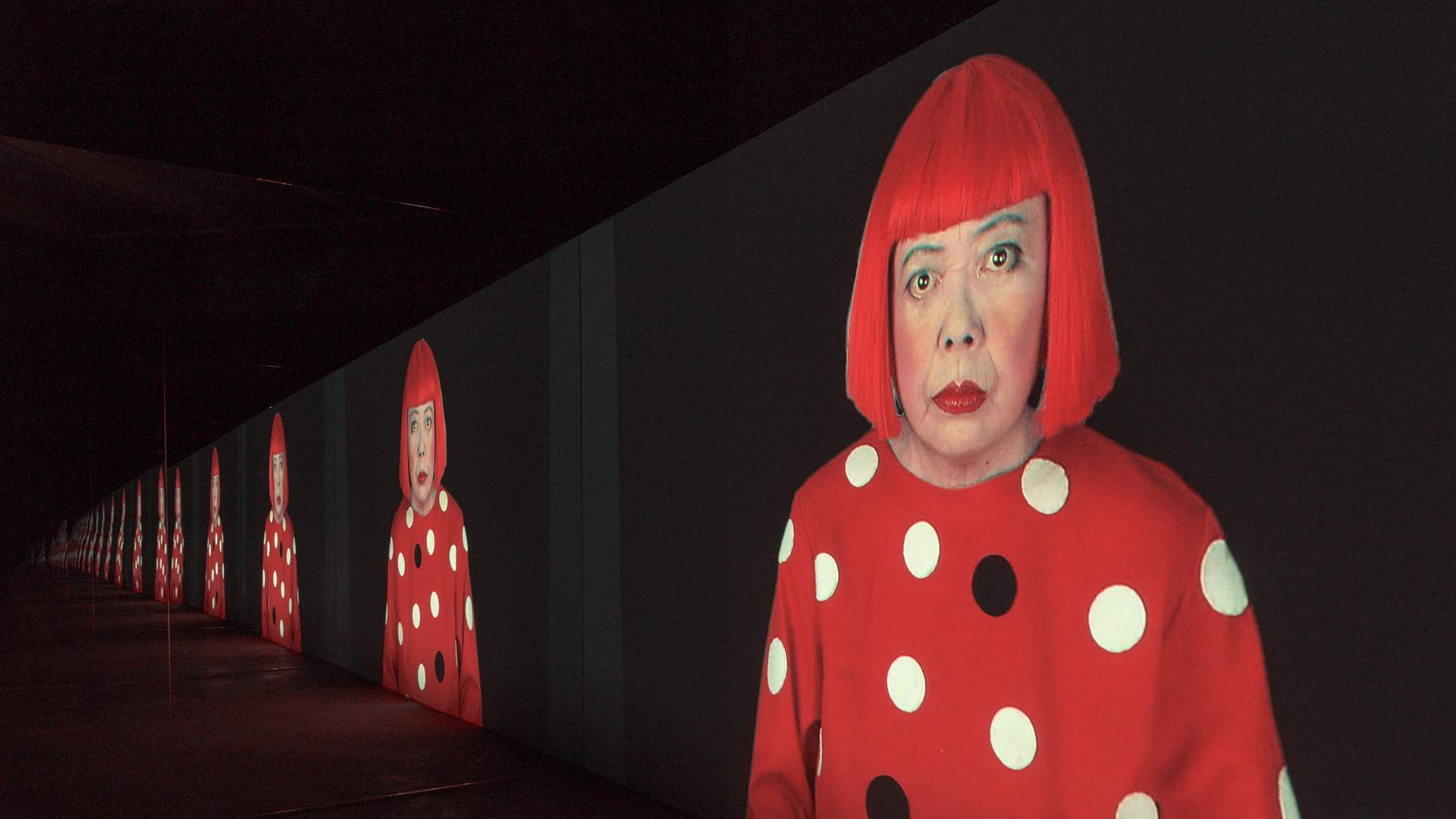Beyond the Dots: Heather Lenz on Documenting Yayoi Kusama's Life and Work in 'Kusama: Infinity'
The first-time filmmaker initially wanted to make a biopic about the iconic Japanese artist.
With her obliteration and infinity rooms drawing huge crowds around the globe, a range of merchandise brandishing her dot-filled designs on scarves and umbrellas, and even her own busy museum in Tokyo, Yayoi Kusama is one of the most popular artists alive today. That makes a documentary about the art star feel almost inevitable; however for filmmaker Heather Lenz, Kusama: Infinity was nearly two decades in the making.
Drawn to Kusama's work as an art student in the 90s, Lenz decided to make a movie about the Japanese artist long before her pumpkins filled Instagram feeds. It wasn't an easy process. As a female filmmaker trying to direct a documentary about a female artist — and, more than that, about a female Asian artist — the path from concept to finished film was filled with knockbacks and setbacks. And that's before even getting Kusama involved.
In several ways, the difficulties that Lenz experienced prove apt for a doco about Kusama, who found the world far from welcoming when she started to pursue her dreams. Lenz's struggles are also indicative of a filmmaker who was simply ahead of the times. When Kusama's star began to rise, the writer/director/producer/editor's path became smoother.
With Kusama: Infinity now screening in Australian cinemas, we chatted to Lenz about her colourful and informative movie. The first-time feature filmmaker actually initially planned to make a biopic about Kusama — and that's just one of our topics of discussion, alongside the long and complicated process of bringing the documentary to fruition, the allure of Kusama's work and the joys of meeting the artist.

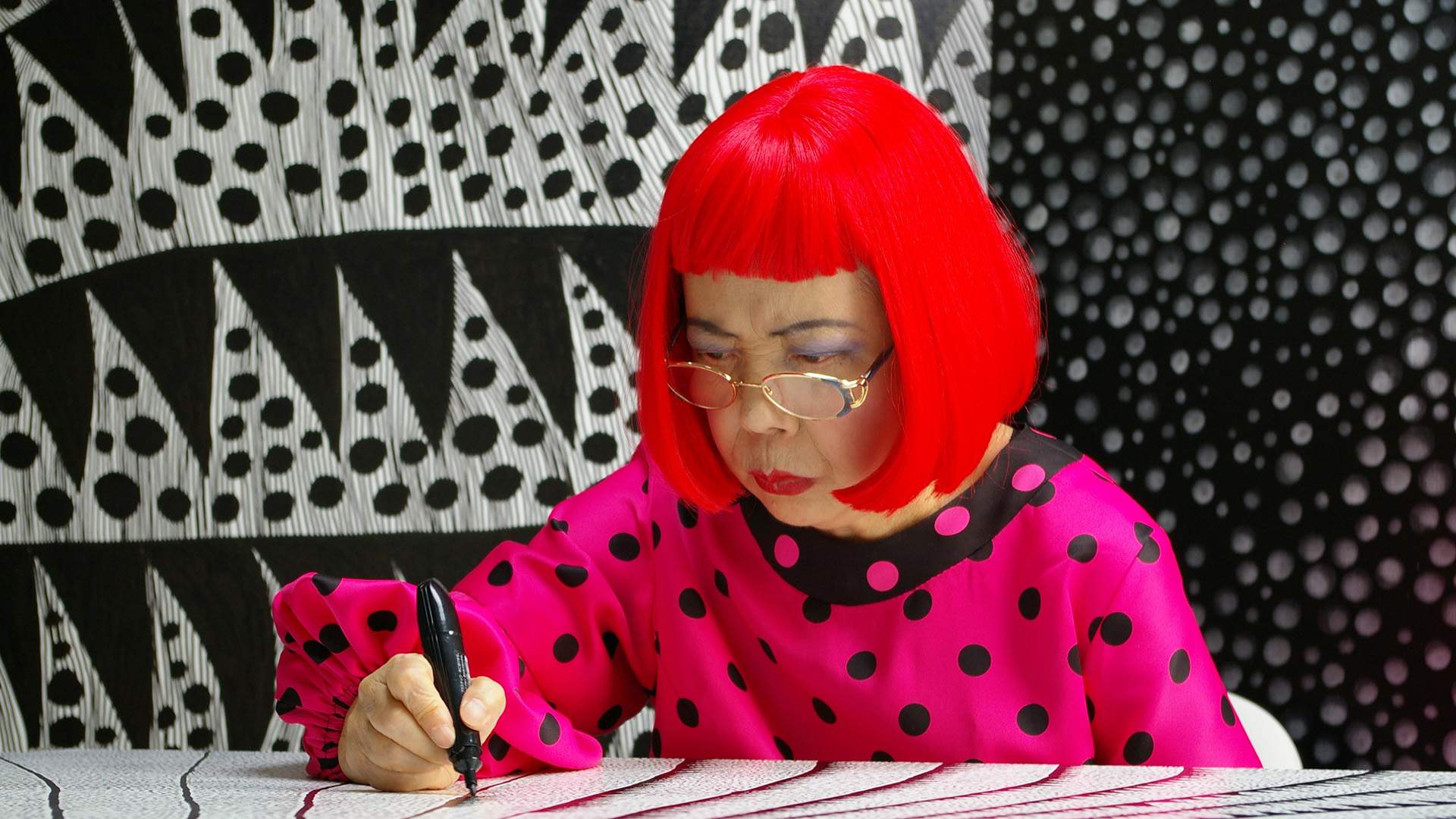
BECOMING INTERESTED IN KUSAMA'S WORK BEFORE HER CURRENT FAME
"It began in the early 90s — that's when I first saw an image of her work. I was earning degrees in art history and fine art, and for probably every thousand or so male artists we learned about, we learned about perhaps five women artists. And Kusama was definitely not among them at that time.
Around 1990, there was an exhibition at the Centre for International Contemporary Art, and that helped start the process of putting Kusama back on the map in America. I saw an image of her work in that catalogue, which at the time was the only catalogue on her art — and I really felt from that exposure that her contribution to the American art world hadn't been properly understood or recognised.
I was just really interested in her, and later I decided to go back to school and get a film degree. While I was a student, I started working on a biopic script about her. Then, over time, I decided to put that on hold and work on a documentary — in part because Kusama was still alive and able to tell her story her own words."

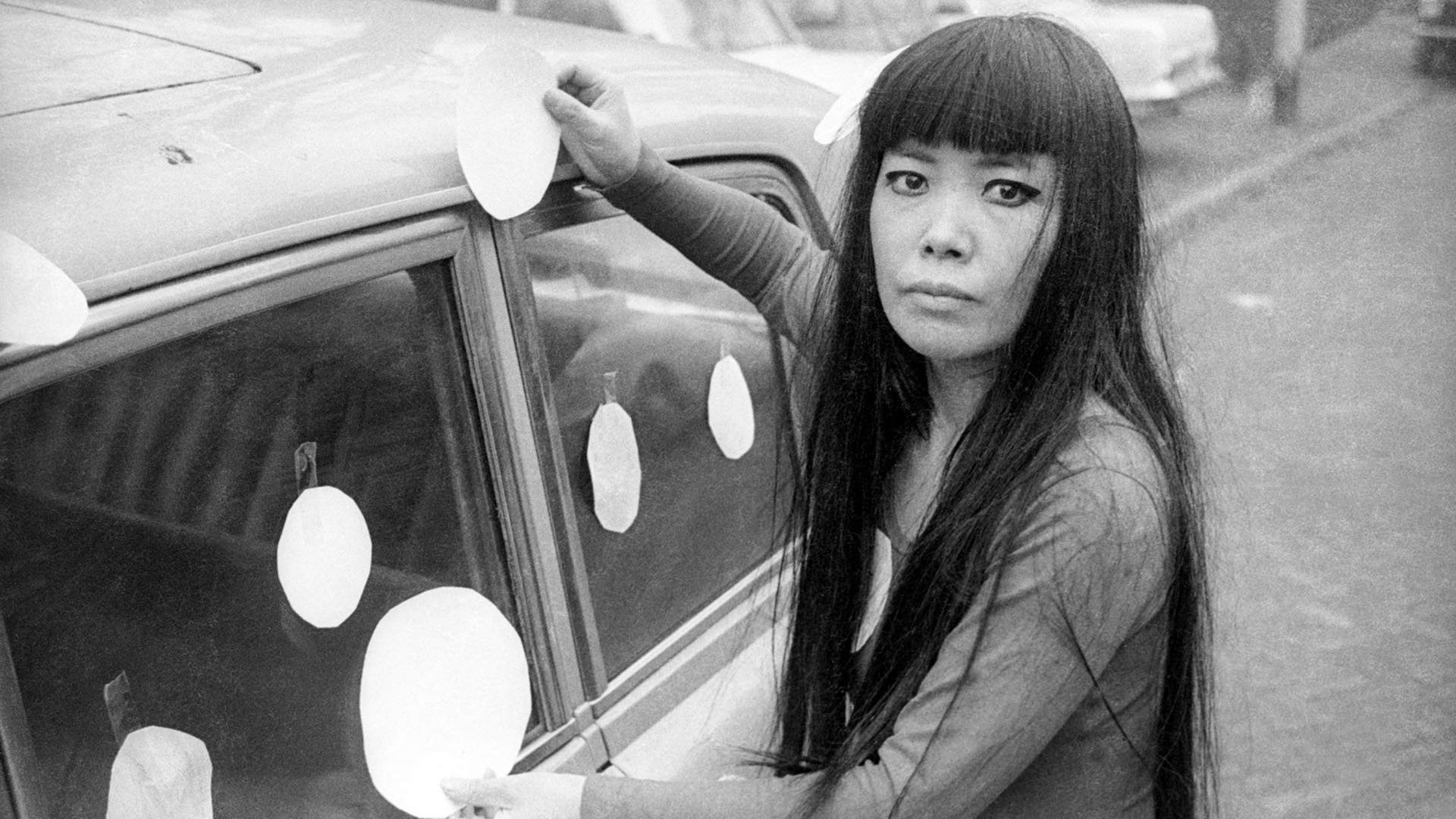
THE PARALLELS BETWEEN THE FILM'S DIFFICULT PATH AND KUSAMA'S OWN CAREER
"In the beginning, it was her artwork and the fact that she had been neglected that attracted me to her. But over time, I began to tune in more and more into her tenacity and everything that she had to overcome in order to finally achieve success — because it was, of course, mirroring the issues that we were facing.
When I started the film, I was rather naive about the obstacles and challenges women directors faced. I just thought, 'oh, if you work hard, you can achieve whatever you set your mind to'. But when I started pitching the film to people, I was constantly told that it was a terrible idea, that no one would be interested. And it was men telling me that. I just felt like, well, we don't have the same taste. But there was a point where I had the opportunity to pitch the film to a woman who actually worked for Madonna back when she had a production company. And I thought, 'oh wow, she's really going to love this'. Instead, she questioned the fact that I wanted to make a film about a foreign female, so it never advanced to Madonna to review.
At the time, I really wasn't thinking of Kusama as a woman or as Asian. I just thought here's someone who's lived this super compelling, interesting life, who's a brilliant artist, so she would be a great subject for a film. But that's when I started to get the idea that there were pre-conceived ideas about what's going to sell and what isn't. And even within the last few years, I had someone tell me 'you can't put her on the poster because she's Asian and no one will want to see the movie'."


DOING MORE THAN JUST CONNECTING THE DOTS
"I wanted to shine a light on her and her accomplishments — I wanted her to get more attention. These days, people know about her from social media, so they've seen images of her art, but they really don't know her backstory.
I wanted to show the world in which she was raised, which was Matsumoto City. She was growing up in the 30s, and her dreams and ambitions to be an artist at this time, they were just completely out of step with the expectations for her. The idea her family had for her was that she was get married — not only get married, but have an arranged marriage — and become a mother. And to just to have a much more conventional life. She was just really really out of step with that.
I think she thought that when she got to America [in the 50s] that the doors would be much more open and things would be much easier, but of course she still had many, many obstacles to overcome. I wanted to show everything she was up against, and to correct her place in history. That remains very very important to me.
Recently I screened the film at a college and I had an art history professor, who was a man, tell me that the film was going to change the way he taught this section of art history in the 60s. That was very exciting. Those kinds of things are really meaningful."

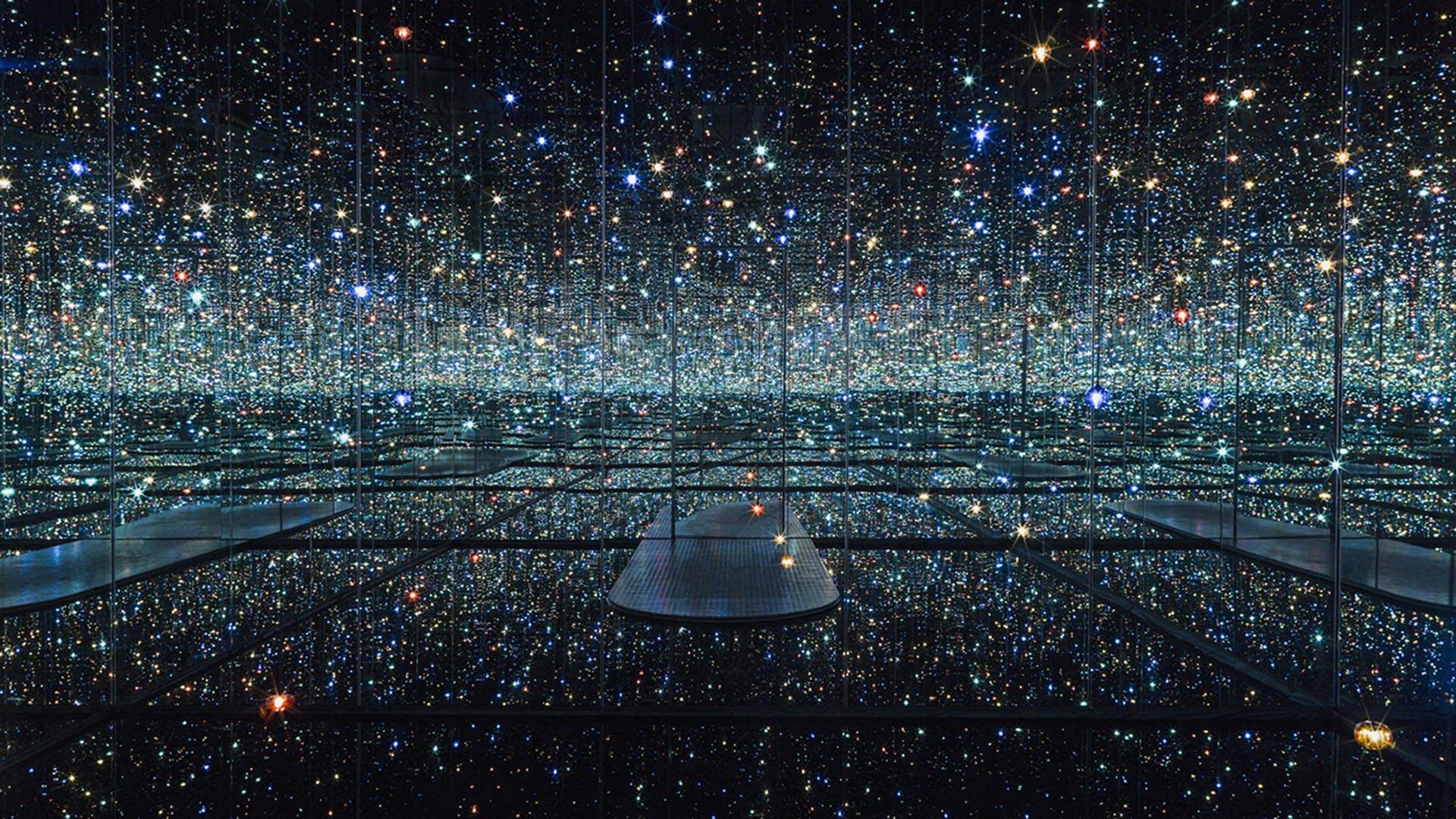
THE ALLURE OF KUSAMA'S ART
"She's made a broad range of work. The work that seems to be featured these days is a lot of the infinity rooms and a lot of the more colourful pieces she's made in recent years. I think people see it as a very optimistic and cheerful work, which is very interesting given the issues she's had with depression and everything. It's almost like she's managed to take her own trauma and transform it into art that functions in a way like an antidepressant for society."

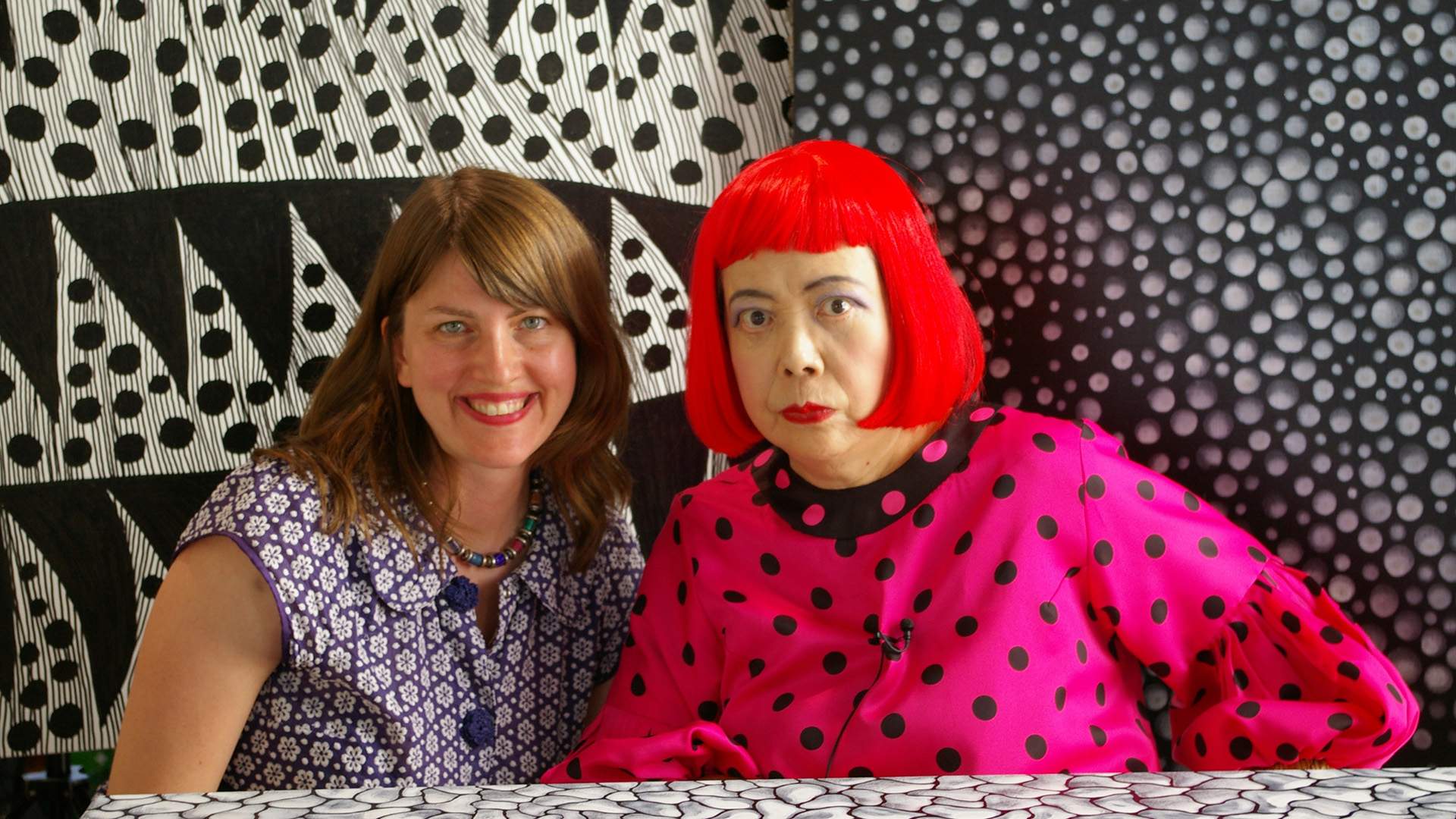
WORKING WITH KUSAMA
"Kusama actually has a history of cancelling on people, because maybe she's not feeling well or she's just not in the mood or whatever it is. So it was very risky to go all the way to another country, hire a crew and just take on all this expense and just not even know if she would show up. But fortunately she did show up and we really clicked. At the end I told her it was the happiest day of my life, and she said 'mine too'.
Then a few months later I was able to go back, and that time I was able to spend a whole month in Japan. I had this very rare opportunity to go through her archives, which were just extraordinary. There were so many amazing photos. There were letters and receipts and calendars — there was just a treasure trove of archival materials for me to explore. It was really amazing."

Kusama: Infinity is now screening in Australian cinemas. Read our review.
